The First Ever Animals To Walk On Land
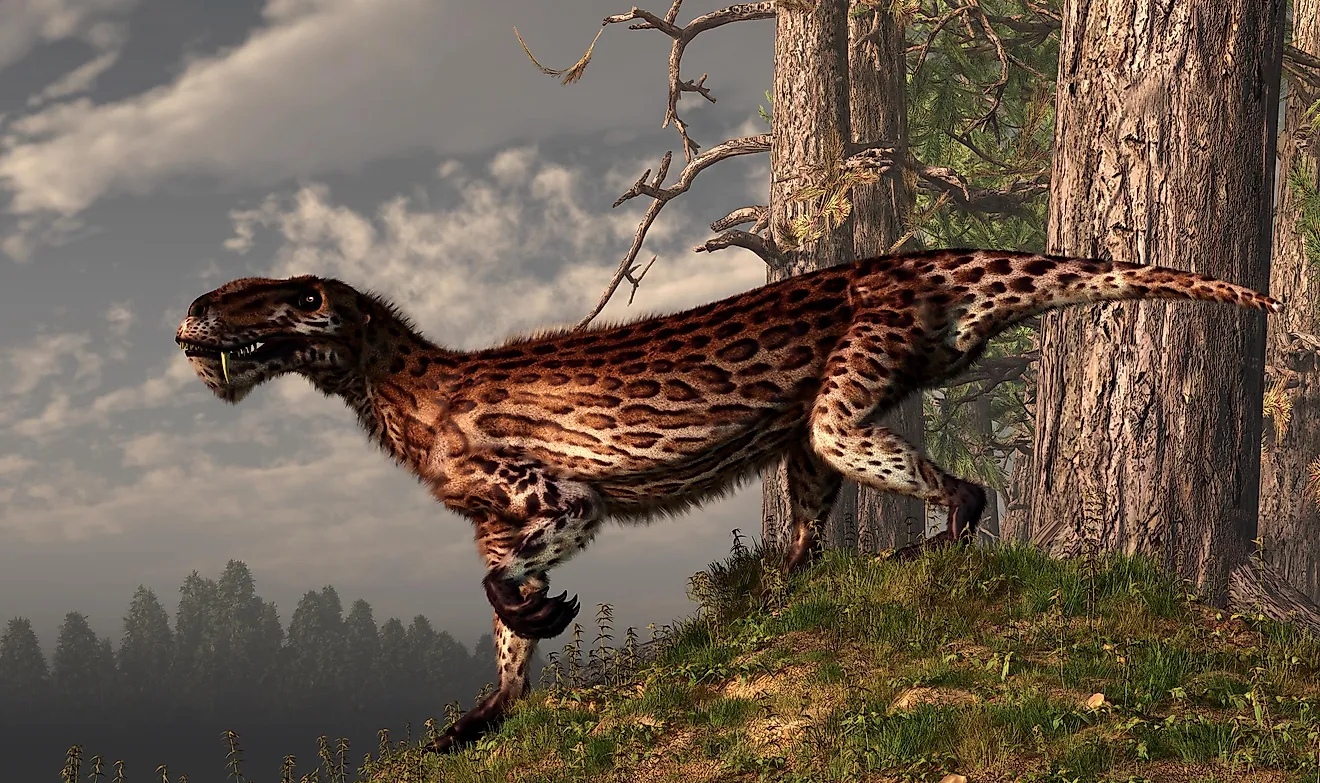
- First fossils of animals that could walk on land were found in a place called Willie’s Hole in Scotland.
- The first creature believed to have walked on land is known as Ichthyostega.
- The first mammals appeared during the Mesozoic era and were tiny creatures that lived their lives in constant fear of dinosaurs.
The first animals that walked on land were called tetrapods. It is believed that the first tetrapods walked the parts of our planet where Scotland is situated today. Fossils of four-legged animals were found near Chirnside in Scotland, in a place called Willie’s Hole. These remains were believed to be from 360 million years ago, the time when animals with backbones started making the transition from sea to land.
After a more thorough examination in Willie’s Hole in 2015, five new fossil species were found, and these are considered to be the earliest known animals that walked on land. Once they stepped foot on land, tetrapods were divided into two groups early on, the ancestors of reptiles, birds, and mammals, and the ancestors of amphibians. This would mean that technically, all mammals have evolved from Scotland.
1. Ichthyostega
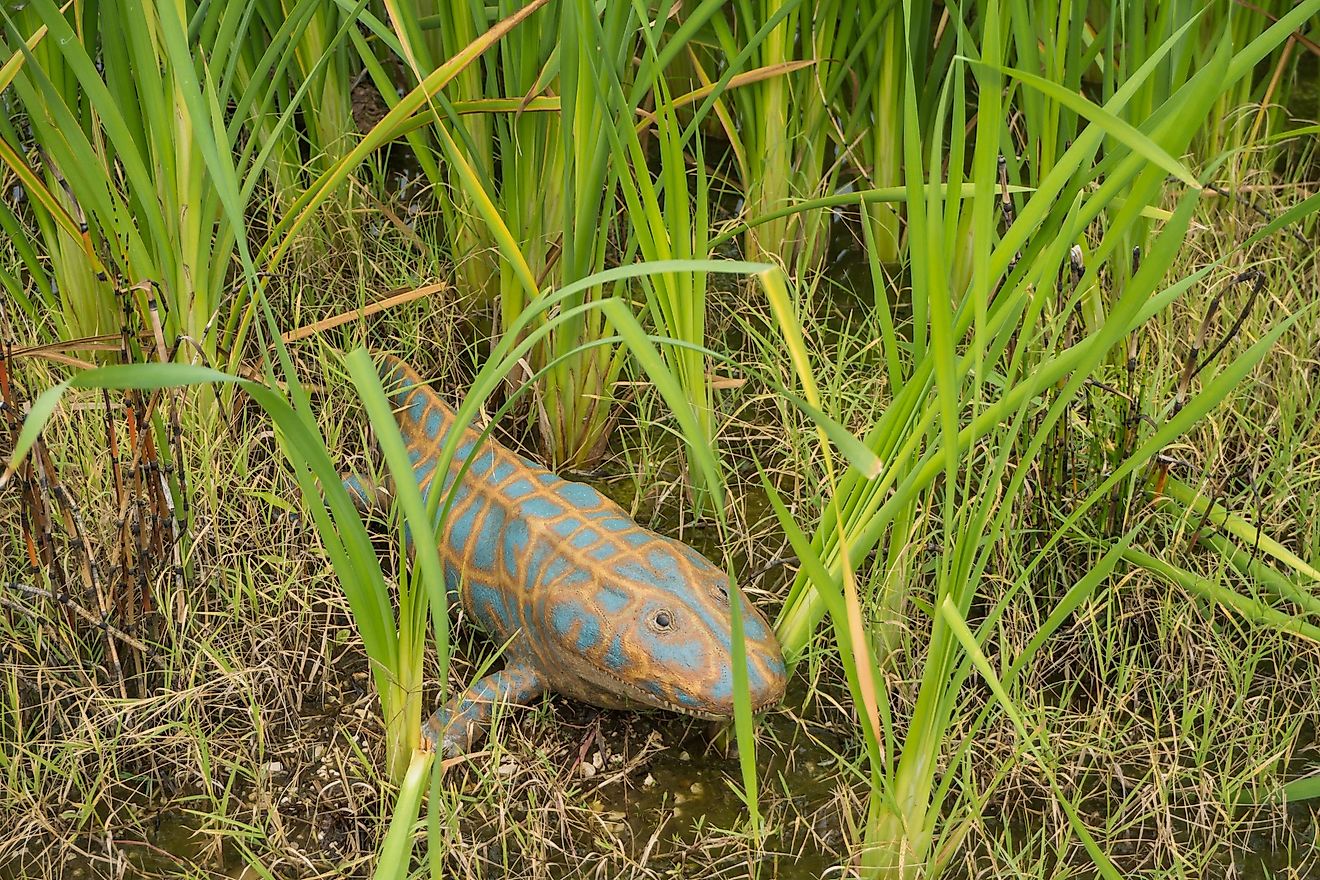
The first creature that most scientists consider to have walked on land is today known as Ichthyostega. However, this creature did not just waltz gracefully out of the sea onto the shore and continue running. No, it most likely hauled itself out on its front limbs. The process probably resembled walking on crutches.
At first, it was believed that the creature walked similarly to a salamander, however recent findings have proven otherwise. Ichthyostega resembled a mudskipper fish more than a lizard. Since the environment during this time had extraordinarily wet and dry periods, the animal needed to be able to swim and walk. Ichthystega was living during the Paleozoic era (541 to 251.902 million years ago).
2. Carboniferous Period Tetrapods
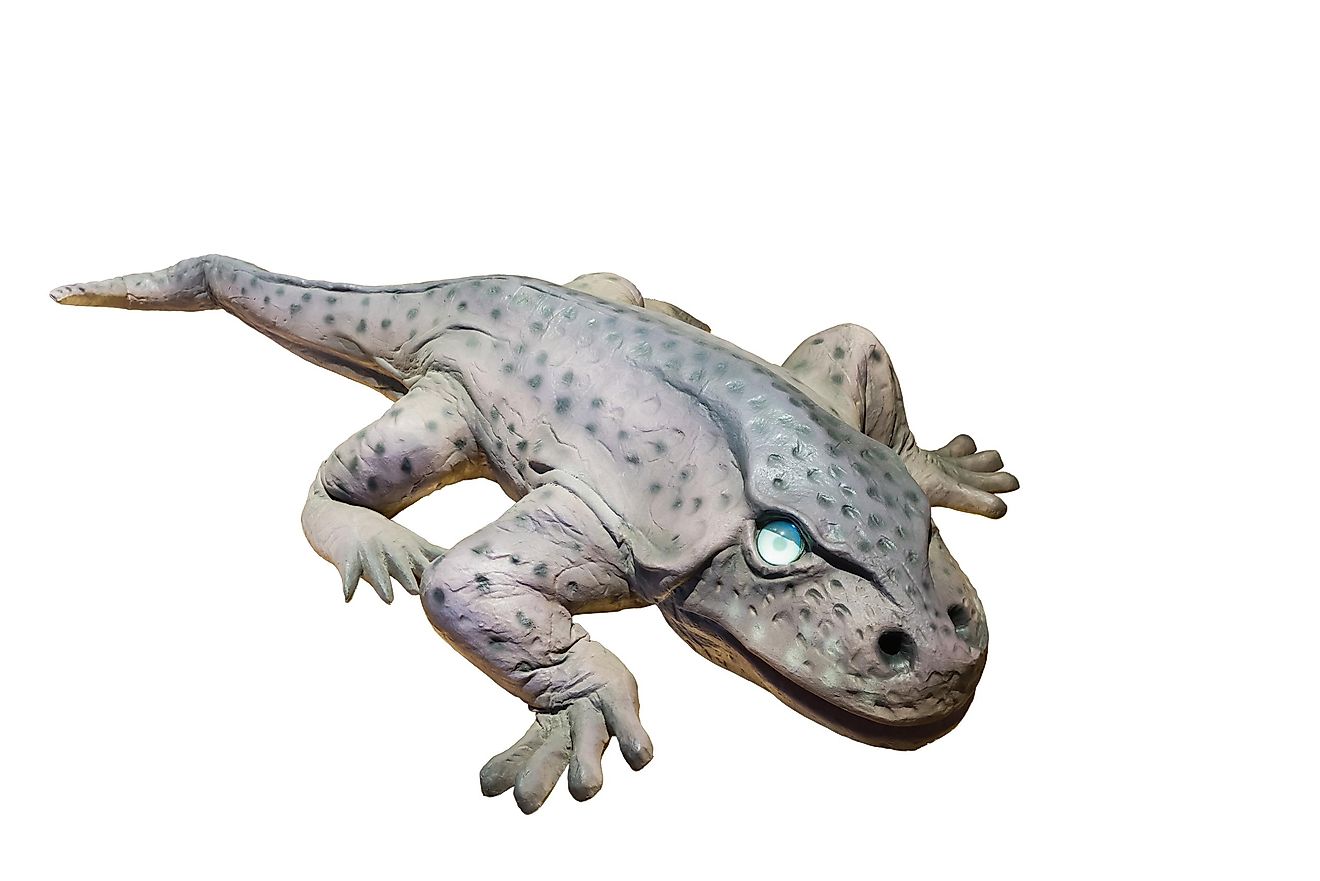
During this period (359.2 to 299 million years ago), tetrapods, meaning four-footed creatures, began having a standardized number of digits (fingers) on their hands and feet. The number was never more than five, and all of the lineages with more than five digits started dying out. Later on, these tetrapods divided into two groups.
The first one is the temnospondyls, from which the modern amphibians originated, and the other group is the anthracosaurus, which appears to be a distant relative of reptiles and mammals. The members of the first group are believed to have needed to return to the sea to lay eggs. The eggs laid by the other group had a membrane that allowed them to develop on land normally.
3. Permian Period Tetrapods
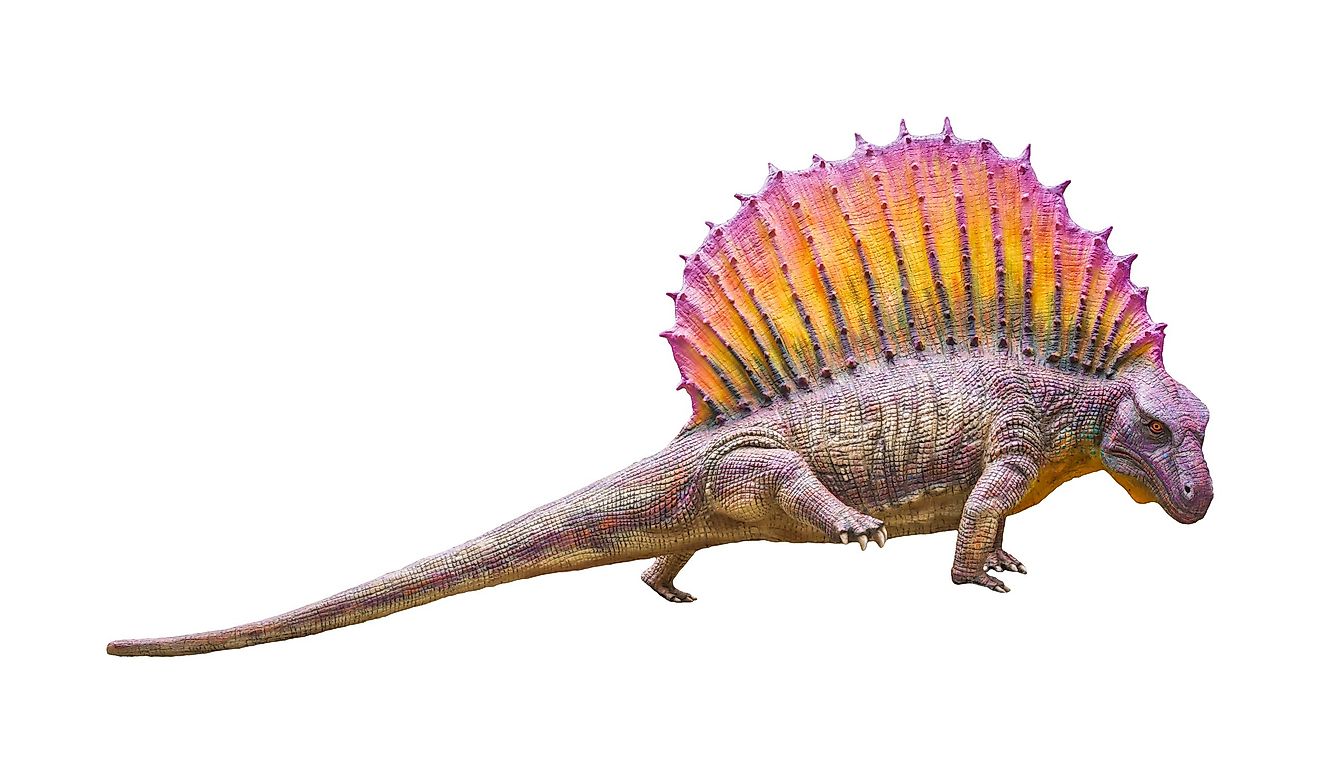
During the period that preceded the Triassic period (Permian period: 298.9 million years ago, 252 million years), two more groups were developed, the sauropsids and the synapsids. The synapsids are considered to be the most important animals of this period, as they evolved into the therapsids, who then became the first mammals. At the end of this period, a large scale extinction event happened, and multiple species were completely wiped out. Various groups that were previously large in numbers were either severely reduced or died out entirely.
4. The Mesozoic Tetrapods
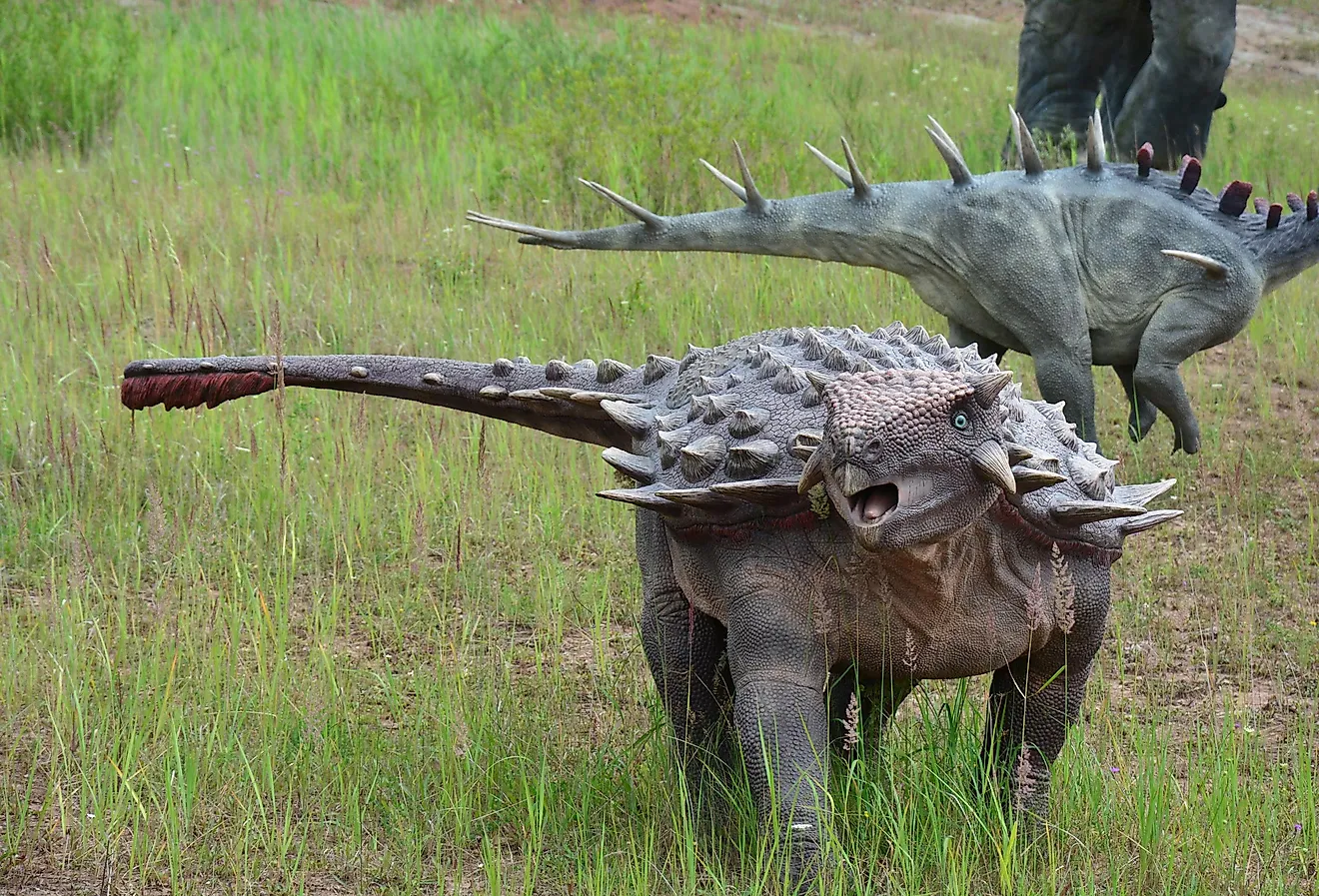
During this period, another group started to develop itself, called the diapsids. From this group, a large number of animals we know today developed, such as turtles, crocodiles, and dinosaurs. Their appearance began with the Triassic period (between 251 million and 199 million years ago) and continued through the Jurassic part of the Mesozoic era (199.6 million to 145.5 million years ago). This marks the time where we can start to recognize the animals that roamed the surface.
5. The First Mammals
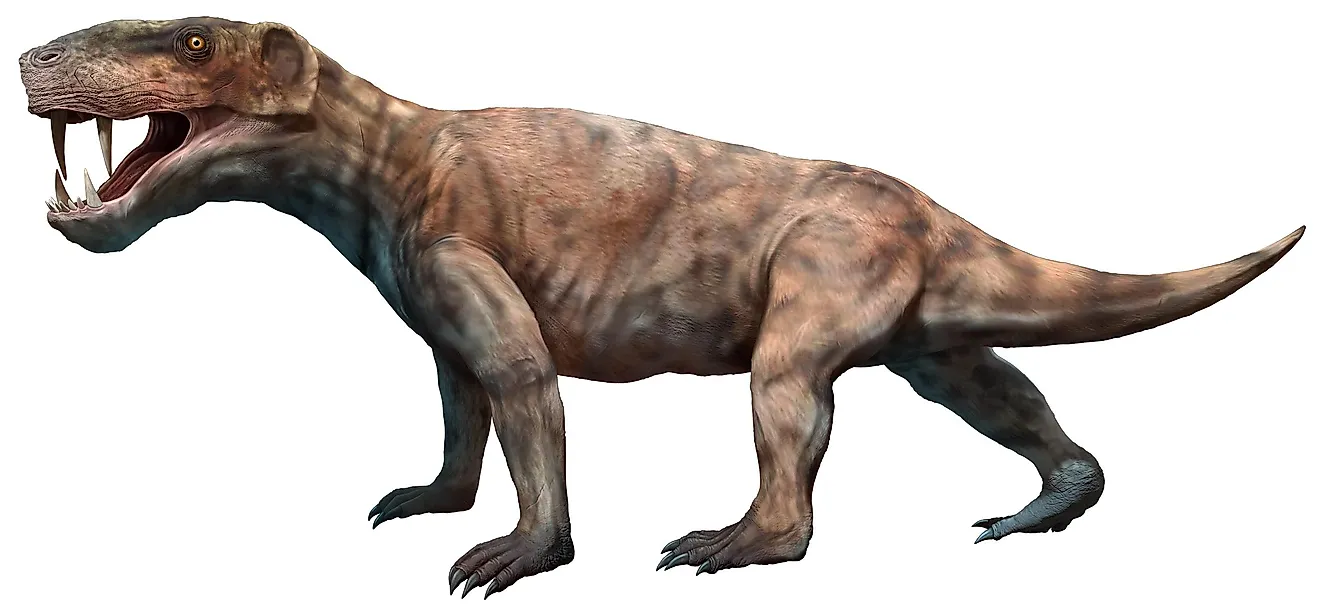
The first mammals evolved during the Triassic period of the Mesozoic era, and they arose from a population of therapsids. Therapsids are most easily described as “mammal-like reptiles” that were extinct during the Jurassic period. However, some of them evolved and developed traits such as fur and warm-blooded metabolisms, which were then developed further in the upcoming periods. It is hard to distinguish between the last therapsids and the first mammals.
However, certain vertebrates that lived in this period could be the missing links between them. The first mammals that appeared were considerably smaller than most mammals today. Only a few of them were larger than mice, and because of the dominance of dinosaurs, they were forced to feed on plants and hide during the day.











